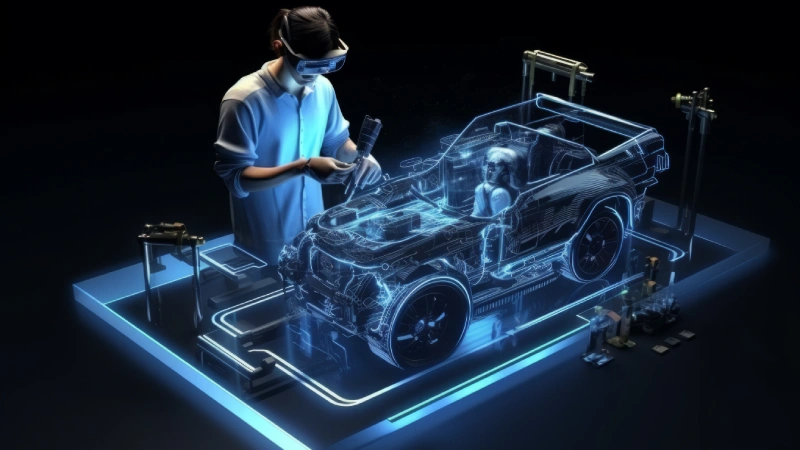From Asimov’s sentient robots to Jonze’s Her, the idea of machines communicating and understanding human emotions has always intrigued scientists and artists alike. Developed rapidly, now today’s fast-growing area of AI is a real endeavor called Emotion AI, an area of artificial intelligence that attempts to detect, interpret, and simulate human emotions. With machines becoming better and better at reading human faces, analyzing vocal tones, and predicting emotional states, one big philosophical question increasingly raises: can a machine really understand human emotions or are they just mimicking the display of those emotions?
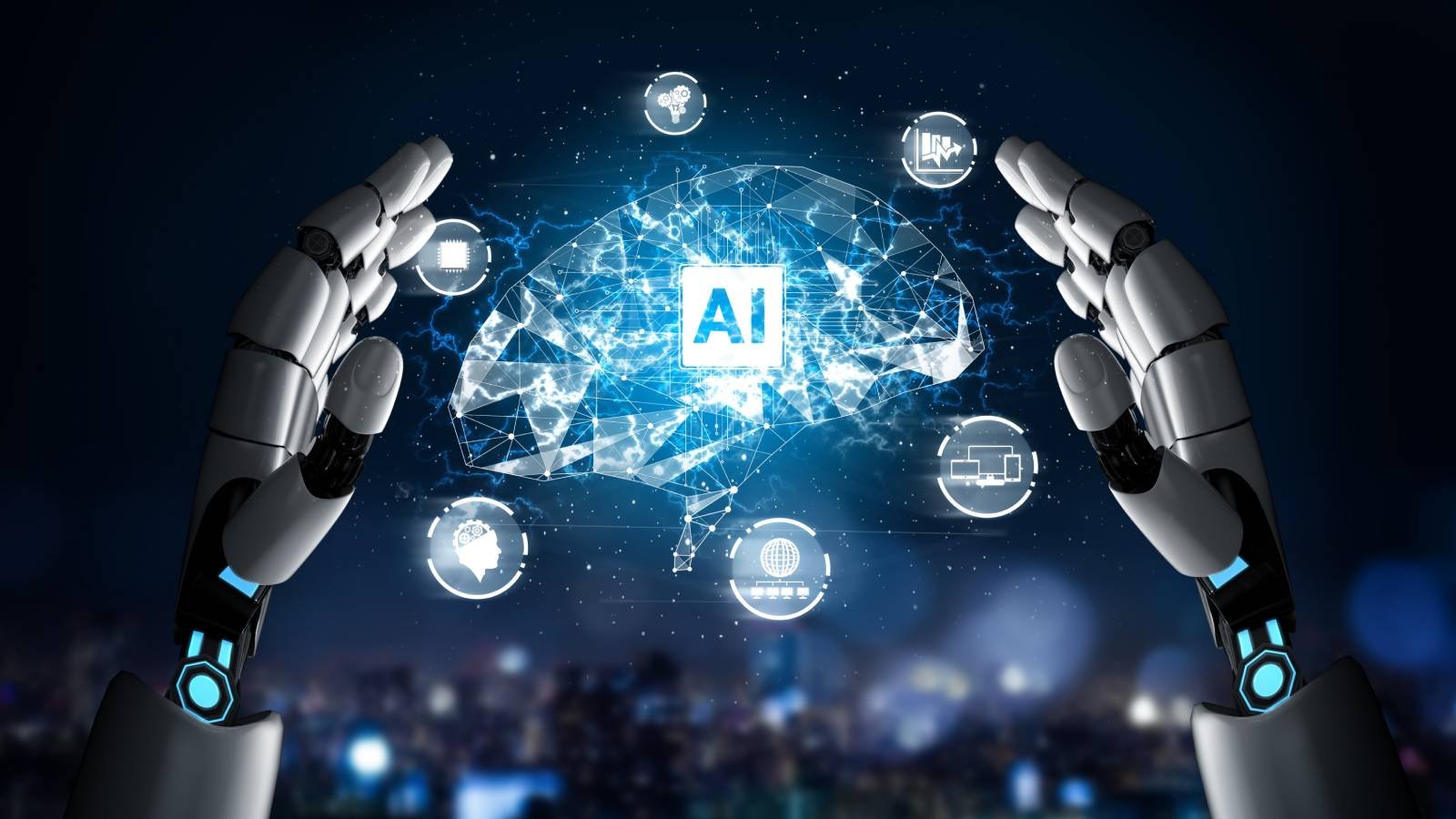
 Future Artificial Intelligence | Image credit: @Biancoblue/Freepik
Future Artificial Intelligence | Image credit: @Biancoblue/Freepik
This article examines the actual capabilities, limitations, associated ethical dilemmas, and perhaps even intangible philosophical considerations that surround the study of Emotion AI while questioning whether any artificial systems can genuinely pass the threshold of emotional understanding through.
The Rise of Emotion AI: A Technological Overview
Emotion AI is an offshoot of affective computing and was established by MIT’s Rosalind Picard in the 1990s. It defines technologies that can sense, process, and simulate emotions. Today, by contrast, companies like Affectiva-which was acquired by Smart Eye- Emotient-was acquired by Apple-and RealEyes lead the market for AI systems that
Analyse micro-expressions on faces.
Analyse voice modulation and pitch.
Track physiological signals (e.g., heart rate, skin conductance).
Analyse sentiment from an utterance or written text through Natural Language Processing (NLP).
These capabilities are being applied in various disciplines-from marketing, therapy, and autonomous driving through to virtual assistants and social robotics. For example, car manufacturers such as BMW and Tesla are embedding Emotion AI into their vehicles for the purposes of detecting driver fatigue or stress. Customer-service bots are now being trained to change their responses based on the perceived mood of users.
The question then follows: Is recognizing emotion the same as understanding it?
The Case for Emotionally-Aware Machines
Emotion AI supporters believe that for machines to truly understand emotion, they need not themselves “feel” it. Instead, they explain that human emotional understanding is often behavioral and pattern-based-a realm where a machine can excel. Given large datasets of emotional expressions, an AI system could perceive very subtle emotional cues that even humans might overlook.
1. Pattern recognition and predictive accuracy
AI modeling gives the highest predictive pattern recognition for emotion detection. Voice AI techniques find over 80 percent accuracy in exhibiting depression-level emotions with respect to tone and pacing. In contrast, facial recognition can discern emotions-the old-fashioned way: with a human-touch exit in near-perfect opposition in precision-whether anger, happiness, or sadness.

 A person on the PC using artificial intelligence to generate image | Image credit: Freepik
A person on the PC using artificial intelligence to generate image | Image credit: Freepik
Practical applications of these tools include:
Mental health: Early identification of anxiety and depression.
Education: Measuring the engagement level of students in online classes.
Human-computer interaction: Making machines responsive and socially-aware.
Simulation Versus Sentience
Many researchers tend to equate Emotion AI to some kind of emotional simulation rather than real empathy. In the same way that actors put on convincing emotional displays without actually feeling those emotions, machines can simulate emotional responses to aid humans. The so-called artificial empathy can, in fact, make the human experience more satisfying and safer.
Emotionally sensitive AI can give solace, detect distress, and summon human caregivers wherever elder care, therapy, or suicide prevention helplines are concerned.
The Limitations: Mimicry Is Not Understanding
However, some say AI truly lack consciousness and self-awareness, grounds for really understanding emotions. Here is why Emotion AI may always remain an inadequate brand of human-like empathy:
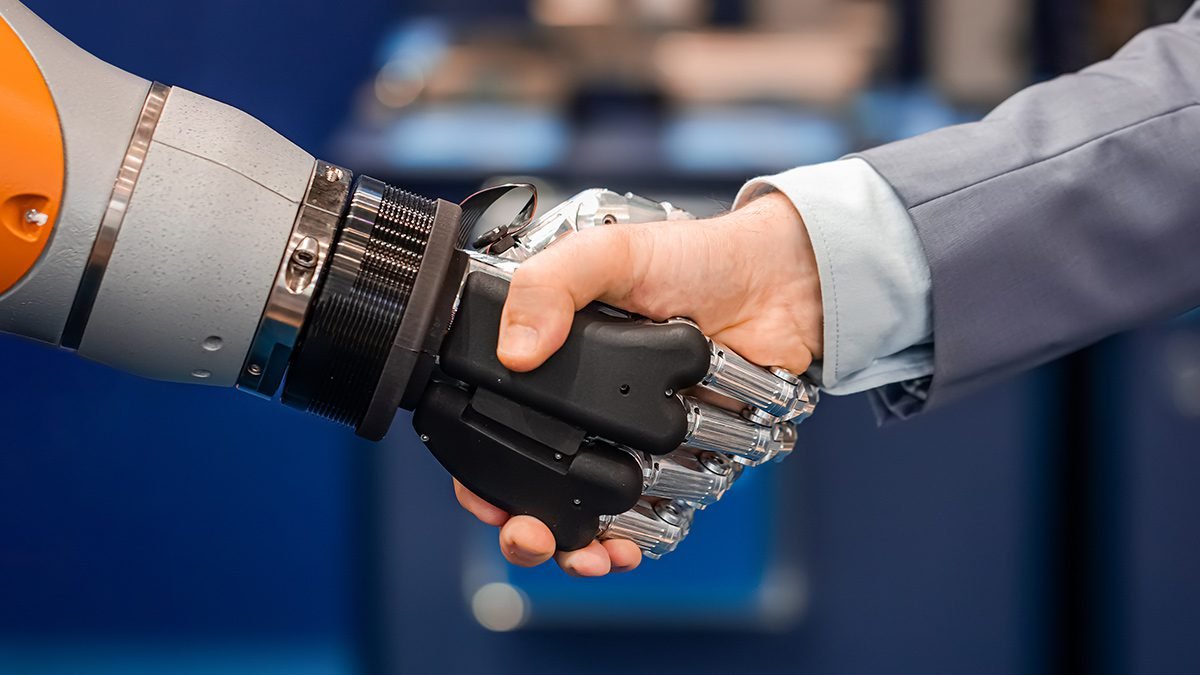
 Credit: Envato Elements1. Contextual Blindness
Credit: Envato Elements1. Contextual Blindness
Emotions are nothing but facial expressions or tone; they are deeply contextual, formed by culture in conjunction with memories and subjective experiences. A human frown might mean confusion, concentration, or disappointment from concentration. Most AI systems might have evolved with multimodal processing systems but still are naively clueless about context and its nuances.
Irony, sarcasm, and emotional disguises are perhaps terribly difficult to recognize precisely for AIs. Such a sarcastic “Oh, great!” might very well be understood by an AI system as genuine enthusiasm.
2. Absent Internal States
For humans, emotions are paired with internal states consisting of consciousness, cognition, and lived experience. The machine-labeled photo of a crying person as “sad” but the machine has no idea what sadness feels like. Lacking qualia in that regard, AI conceptions of the term emotion are inherently shallow, more about correlation than comprehension.
And this precipitates the philosophical quandary: Does a machine that does not feel, indeed understand, feel?
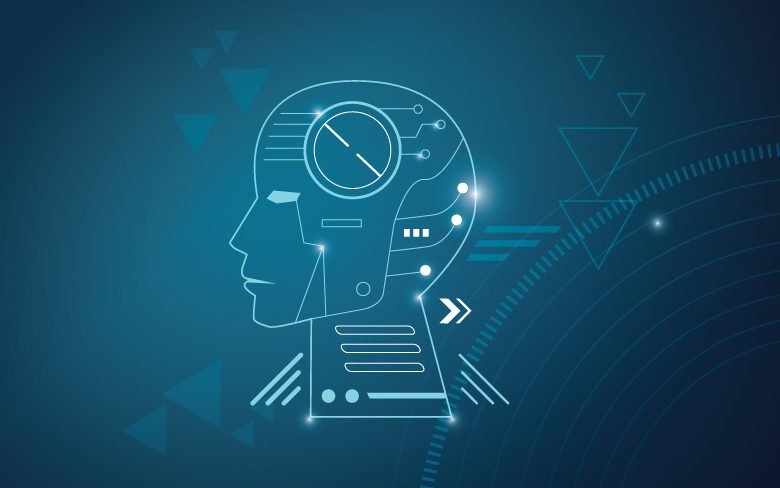
 Emotion AI: Can Artificial Intelligence Truly Understand Human Emotions? 1Bias and Misinterpretation
Emotion AI: Can Artificial Intelligence Truly Understand Human Emotions? 1Bias and Misinterpretation
The training of Emotion AI systems sometimes involves biases passed on from the data. For instance, studies state that facial emotion systems recognize emotions worse from darker-skinned faces and persons from non-Western cultures because such data is largely underrepresented. Several cases of emotion misinterpretation have resulted into harm in the real world, such as wrongful arrests for aggressive behavior or a patient’s emotional state being misdiagnosed in healthcare.
Ethical and Social Concerns
For every rise in interest in Emotion AI come safety concerns relating to privacy, consent, and manipulation. Detractors have specifically indicated that it could be used in surveillance, lie detection, and employment screenings, especially without informed consent. Case in point:
In China, emotion-detecting cameras were trialed to monitor students’ attentiveness in-school.
The employers now take advantage of facial and voice analytics during job interviews for the evaluation of “emotional fit.”
Such applications raise the chilling question: Are we measuring human complexity into mere metrics, or could Emotion AI be used for manipulation rather than support of human autonomy?
The nastier counterpart of the idea is intelligent systems that feign an emotional connection to create a bond, but are unable to reciprocate.
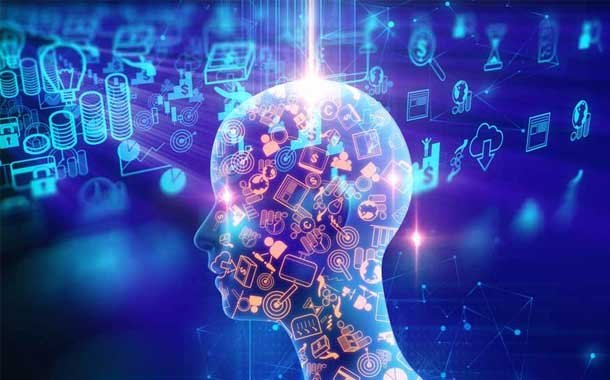
 Emotion AI: Can Artificial Intelligence Truly Understand Human Emotions? 2Need for Regulation:
Emotion AI: Can Artificial Intelligence Truly Understand Human Emotions? 2Need for Regulation:
The EU AI Act and frameworks by OECD and UNESCO are early steps toward governing ethical AI, but more specific guidelines for Emotion AI are needed.
Transparency, explainability, and opt-in consent should be non-negotiable in Emotion AI deployments.
Conclusion: A New Frontier or a Philosophical Dead-End?
Emotion AI holds immense promise for improving healthcare, education, accessibility, and customer experience. But as we delegate more emotional labor to machines, we must ask: Is it enough for AI to recognize emotions, or must it also understand them deeply?
The debate hinges on how we define “understanding.” If it means simulation and responsiveness, then AI is already well on its way. But if it means subjective experience, empathy, and moral intuition, then machines may never truly understand us.
In the end, the goal may not be to make machines more human—but to use them to better serve humanity, without forgetting what makes us human in the first place.

